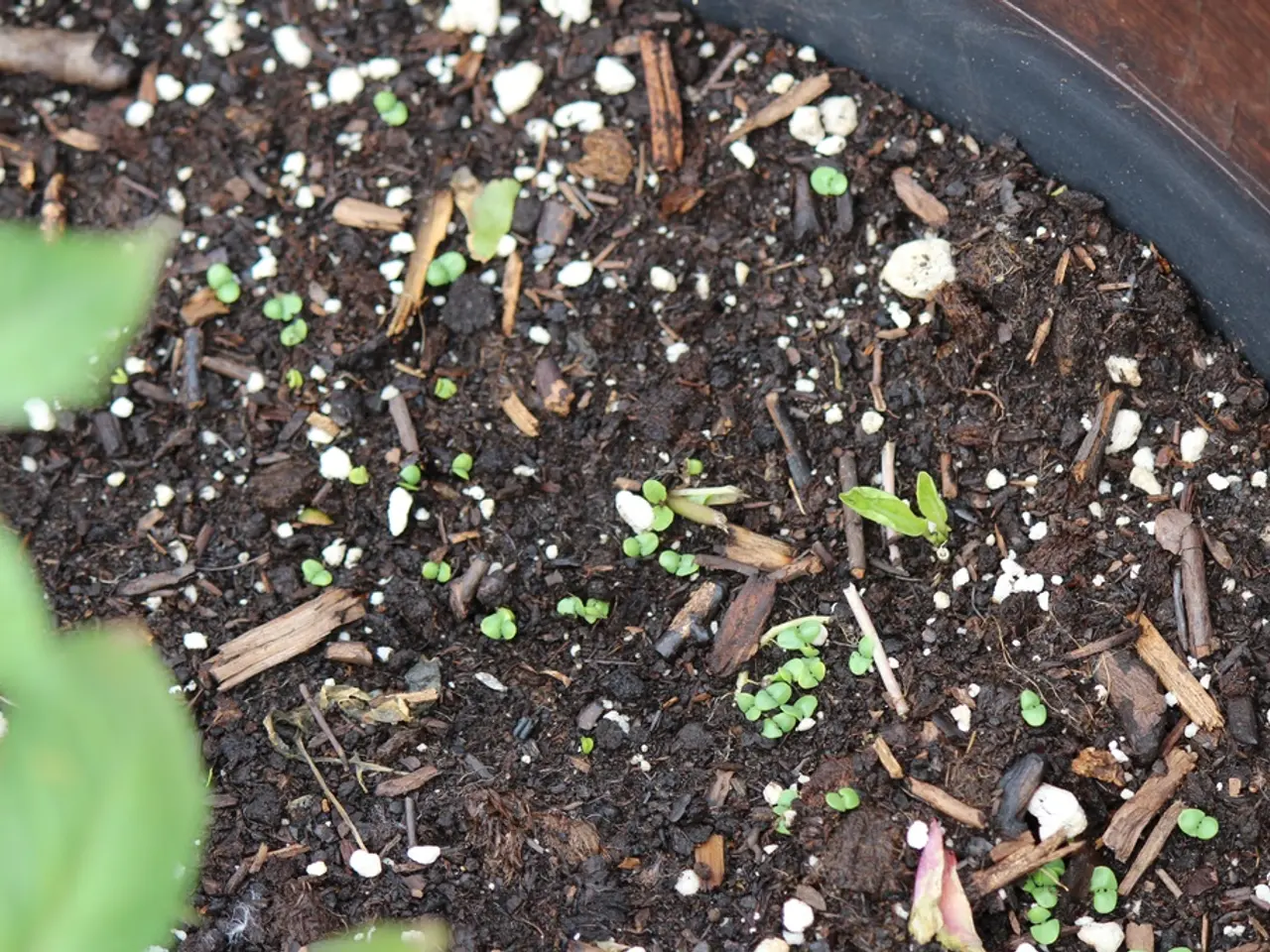Advancements in Solar Technology for Cleaning Contaminated Grounds
In a world increasingly conscious of the environment and the need for greener solutions, solar-powered soil remediation is emerging as a game-changer. This innovative approach leverages clean, renewable energy to enhance soil cleanup processes, providing a sustainable, cost-effective, and environmentally friendly alternative to conventional remediation approaches.
Solar-powered soil remediation operates by using solar energy—typically through photovoltaic (PV) panels or solar thermal systems—to power processes that remove or neutralize contaminants in soil. These can include photo-assisted technologies that use solar energy to activate chemical reactions breaking down pollutants, or energy-driven methods like enhanced phytoremediation where solar-generated electricity supports nanotechnology or microbial activity to improve heavy metal uptake and degradation.
Compared to traditional soil remediation methods, solar-powered technologies offer several key benefits. Firstly, solar energy drastically reduces operational energy costs since sunlight is free and abundant. Although initial setup of solar infrastructure may require investment, lower maintenance and fuel costs result in overall cost-effectiveness over time.
Secondly, solar-powered remediation emits virtually no greenhouse gases during operation, reducing carbon footprint compared to fossil-fuel-powered machinery. It avoids harmful air pollutants and conserves water resources by not requiring water-intensive cooling processes typical in conventional remediation.
Thirdly, by relying on locally available solar energy, these technologies minimize dependence on grid electricity or fossil fuels, enhancing energy security and enabling off-grid applications, especially in remote or underserved areas.
The growing adoption of sustainable remediation techniques is largely driven by heightened environmental awareness and regulatory frameworks that demand greener solutions. Solar-powered remediation represents a rapidly growing segment within this market, driven by technological advancements leading to more sustainable solutions.
Notable examples include Arcadis' patented sustainable in-situ thermal treatment method called Thermal In Situ Sustainable Remediation (TISR®) that uses renewable energy sources including solar energy and waste heat to purify soil and groundwater.
The future of solar-powered soil remediation is being shaped by breakthrough technologies like artificial intelligence and machine learning. Emerging technologies in development promise to revolutionize environmental cleanup through advanced solar cell technology innovations, long-duration energy storage technologies, and machine learning optimization.
By harnessing renewable energy to clean our environment, we're building a more sustainable, energy-independent future where every solar panel contributes to powering our communities and healing our earth. If you're interested in transforming your property into a beacon of energy independence, contact 8MSolar today.
The global contaminated soil remediation technology market is predicted to reach $107.6 billion by 2030, exhibiting an annual growth rate of 6.5%. Emerging economies, particularly in Asia Pacific and Latin America, offer growth opportunities due to rapid industrialization, urbanization, and implementation of stricter environmental regulations.
In conclusion, solar-powered soil remediation delivers a triple environmental benefit: cleaning contaminated soil, reducing carbon emissions, and promoting renewable energy adoption. It's the natural evolution of 8MSolar's mission to use the sun's power to meet our daily energy needs and heal the environmental damage of the past. The convergence of solar technology and environmental remediation embodies the future of sustainable development where renewable energy becomes the foundation for healing our planet.
- Solar energy, harnessed through photovoltaic (PV) panels or solar thermal systems, powers solar-powered soil remediation processes.
- This innovative approach uses clean, renewable energy to enhance soil cleanup processes, providing a sustainable alternative to conventional remediation approaches.
- Solar energy dramatically reduces operational energy costs due to the abundant availability of sunlight.
- Although initial investment may be required for solar infrastructure setup, lower maintenance and fuel costs result in overall cost-effectiveness over time.
- Solar-powered remediation emits virtually no greenhouse gases, reducing carbon footprint compared to fossil-fuel-powered machinery.
- It avoids harmful air pollutants and conserves water resources by not requiring water-intensive cooling processes typical in conventional remediation.
- These technologies minimize dependence on grid electricity or fossil fuels, enhancing energy security and enabling off-grid applications.
- The growing adoption of sustainable remediation techniques is driven by environmental awareness and regulatory demands for greener solutions.
- Solar-powered remediation is a rapidly growing segment within the global contaminated soil remediation market, driven by technological advancements.
- Artificial intelligence, machine learning, and other technologies are shaping the future of solar-powered soil remediation, promising to revolutionize environmental cleanup.
- The combination of solar technology and environmental remediation embodies the future of sustainable development where renewable energy becomes the foundation for healing our planet.
- Contact 8MSolar today to transform your property into a beacon of energy independence and be part of the mission to heal the environmental damage of the past using solar energy.




